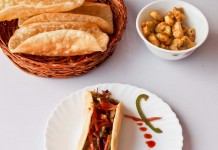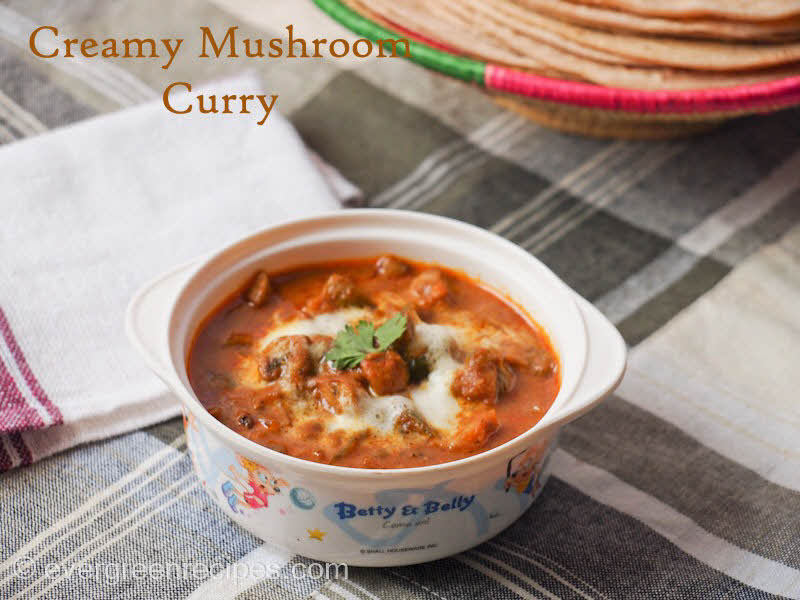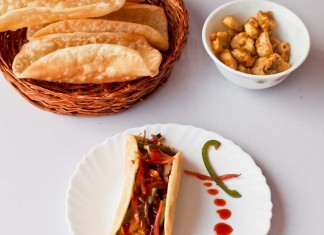Hungry for dinner? These curries from all around the globe will fill you up! Here are some dishes from Thailand, India, and Pakistan.
Curries are found all around the world. Originally from the countries around India, the family of dishes is defined by the inclusion of many spices, herbs, and natural seasonings. While most curries use turmeric, ginger, cumin, and peppers, there’s no hard and fast rule that decrees that all curries must be made with these ingredients.
Instead, people have experimented and invented many variations on this famous dish.
Perhaps the biggest difference between multiple types of curries is the type of meat used. While vegetarian curries exist, most use some sort of meat, poultry, or seafood. This means that you can enjoy chicken curry, duck curry, or even beef curry.
Chicken is an especially popular curry ingredient and can be found in many named recipes, including butter chicken, tandoori chicken, and chicken tikka masala.
One other large difference between different curries is the inclusion of liquid. Curries can have either a fairly dry sauce or a very wet one. Liquid-based curries often include flavorful ingredients like coconut milk, yogurt, and tomato paste.
Curries Around The World
So how do curries differ from region to region? Here are some quick tidbits about how people in various places like to enjoy their curry.
Bear in mind that this varies from person to person and restaurant to restaurant. Also, be aware how Restaurants present their menu to entice the customers. You can certainly find an Indian restaurant in Thailand that serves traditional Indian style curry!
Northern India
A large portion of traditional Indian dishes is prepared around a curry. This often includes ingredients like lentils and is seasoned with freshly toasted spices.
Northern Indian curry tends to be fairly thick and only occasionally includes coconut milk or cream. It’s served alongside rice and naan or another Indian bread.
Southern India
Curries from southern India are more likely to include coconut milk or paste. They’re quite spicy and have lots of variation from dish to dish.
Some named curries include vindaloo, which is made with potatoes, lamb, chicken, and plenty of hot peppers, and rogan josh, which is a lamb curry with a very red sauce.
Pakistan
Pakistani curry is quite similar to curry from northern India. This means it’s usually made with water as the liquid and is fairly thick, but not dry. Curiously, Pakistanis seldom use the word curry and instead use the terms salan or shorba to describe their dishes.
Indonesia
Spelled kari or kare, Indonesian curry often has seafood and vegetables in it. Indonesians love to use local seasonings like lemongrass, candlenuts, and other ingredients that you don’t often see in Indian style curries. These flavorful dishes tend to be somewhat liquid, although some very thick variations do exist.
Thailand
Thai curry frequently makes use of shrimp paste as well as kaffir lime leaves and lemongrass. While southern and central Thai curries use coconut milk, northern Thai curries almost never do.

The use of coconut milk makes these curries a bit sweeter than Indian variations. Thai yellow curry is quite close to a traditional Indian curry in both appearance and flavor.
Whether you’re enjoying a Thai yellow curry or a Panang curry from Malaysia, you’re eating a heavily spiced, delicious dish that’s packed full of meat and vegetables. All of these different regions have their own takes on the dish, so be sure to try them all.





























